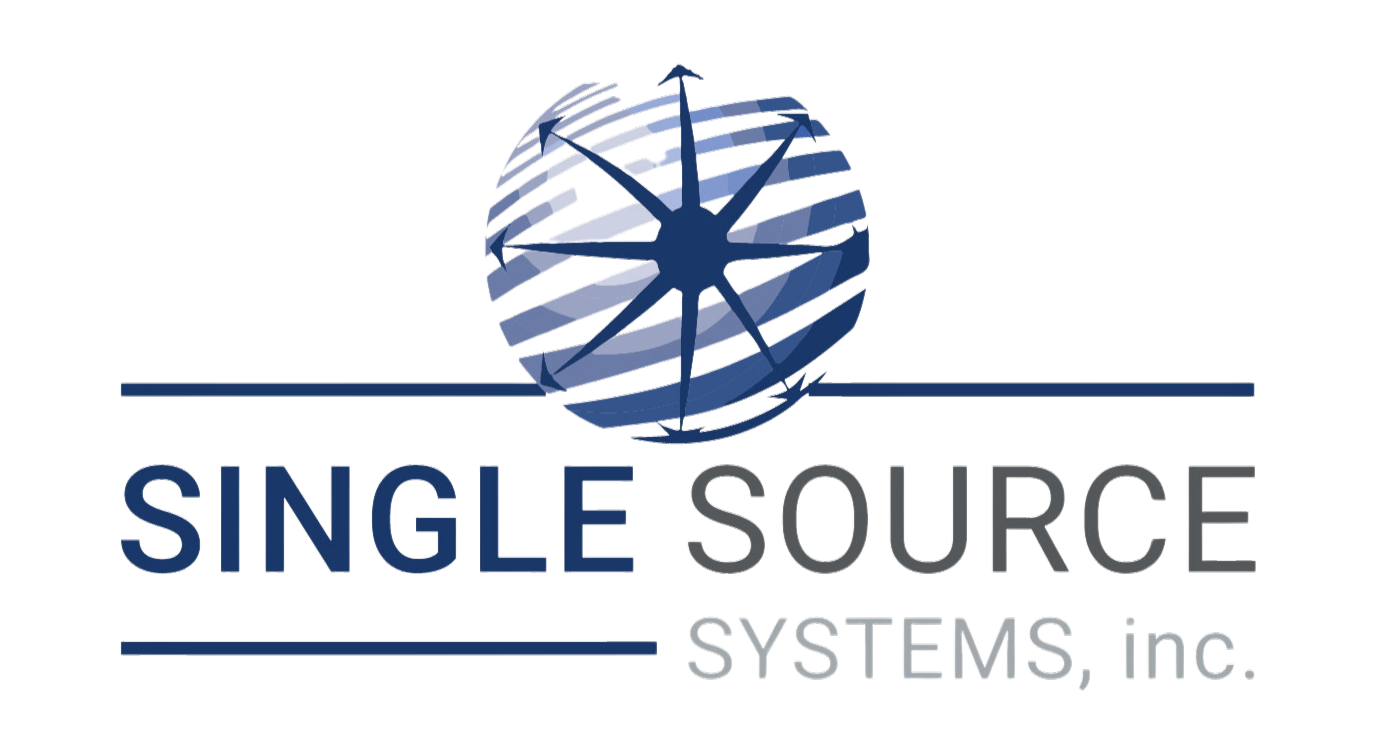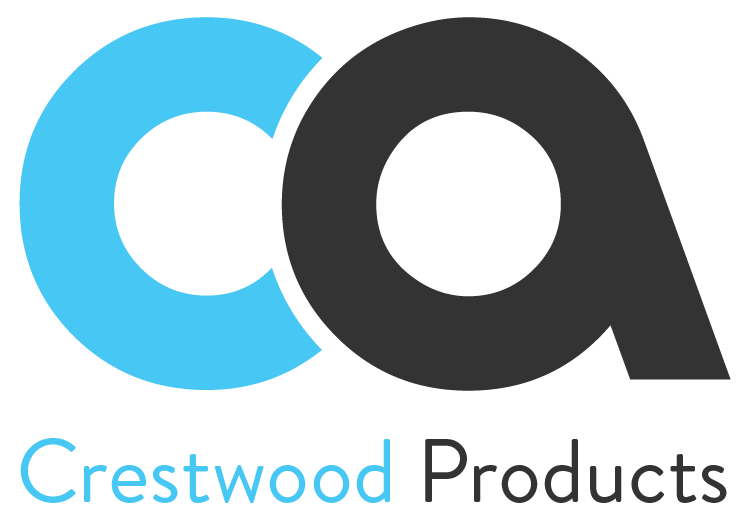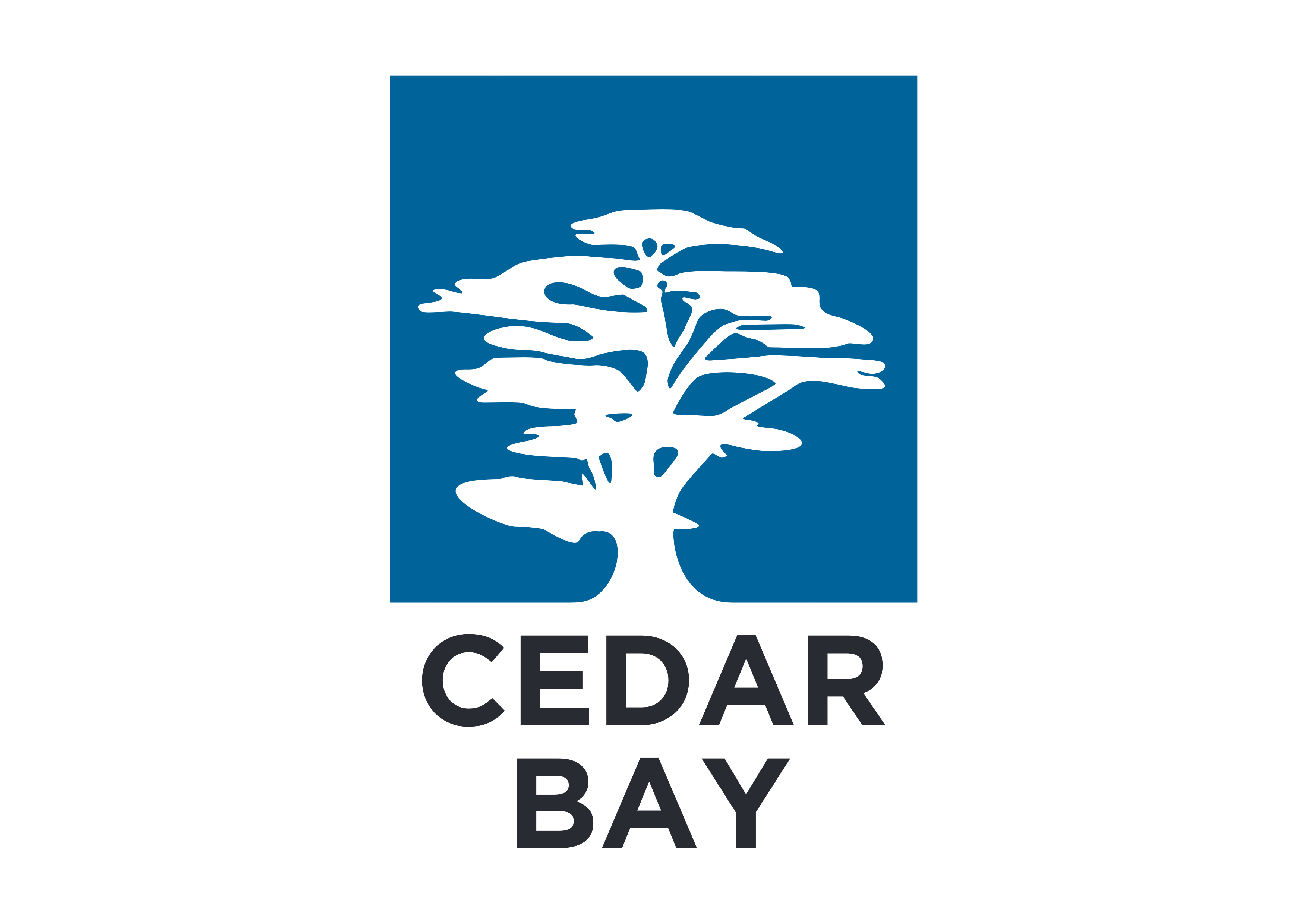Understanding Material Requirements Planning (MRP)
Material requirements planning (MRP) software enables manufacturers plan inventory quantities to meet demand and ensure on-time deliveries. MRP calculates the quantities of materials, components, and sub-assemblies required to make a final product and ensures the right material is available at the right time to meet demand.
Acumatica, a cloud based ERP software, provides a powerful and flexible MRP solution. It enables manufacturing businesses to automate procurement, production planning and scheduling, and inventory management, ensuring real time visibility into material availability. The seamless integration of Acumatica with other business processes allows them to reduce waste, optimize resource allocation, and improve overall operational efficiency. This blog post, explores the MRP process that manufacturing businesses must implement to run efficiently.
MRP Process
Material requirements planning (MRP) system helps businesses effectively plan and control inventory allowing them to be proactively plan inventory levels and prevent overstocking and stockouts.
Let’s look into the MRP Process:
1. Estimate Demand
The first step of the MRP process is to identify demand and forecast sales. The MRP system identifies the quantities of materials required to meet customer demand. It utilizes the bill of materials to know the material needed to create an item. It helps to determine what materials are required to make a product.
2. Allocate Materials
MRP then checks the inventory levels across defined locations including on-hand quantity, items in transit, and items already allocated for another product. MRP then allocates the materials where they are needed for production.
3, Schedule Production
Once the demand is identified and materials are allocated, MRP suggests when production should occur to meet the demand. It calculates the time to complete the production. It considers various lead times, such as material lead time, production lead time, and customer lead time.
4. Monitor The Process
MRP monitors the process and helps ensure that everything runs smoothly without disruptions. If any delays occur, it alerts the departments, allowing them to adjust as needed and provides specific recommendations to meet deadlines and customer demand.
Companies can effortlessly benefit from an efficient MRP system. Acumatica’s MRP solution allows growing manufacturers to overcome challenges, leading to higher productivity and profitability. Meeting customer and market demands not only enhances customer satisfaction but also results in brand loyalty and trust.
MRP Inputs and Outputs
MRP requires inputs to work efficiently. These inputs include customer order, forecast demand, master production schedule, bill of materials, and inventory status file. Based on the inputs provided, MRP system calculate the material quantities and time needed to complete the production and meet demand. The outputs include purchase orders, production plans, and inventory reports. Learn more about these MRP inputs and outputs.
Wrap Up
MRP system takes the manufacturing business to next level. MRP system optimizes the inventory levels to meet a dynamic market and customer demand. Acumatica ERP system offers a powerful MRP planning tool for discrete and process manufacturers that helps manufacturers to streamline their manufacturing process.
Would like to know more? Contact us.






































